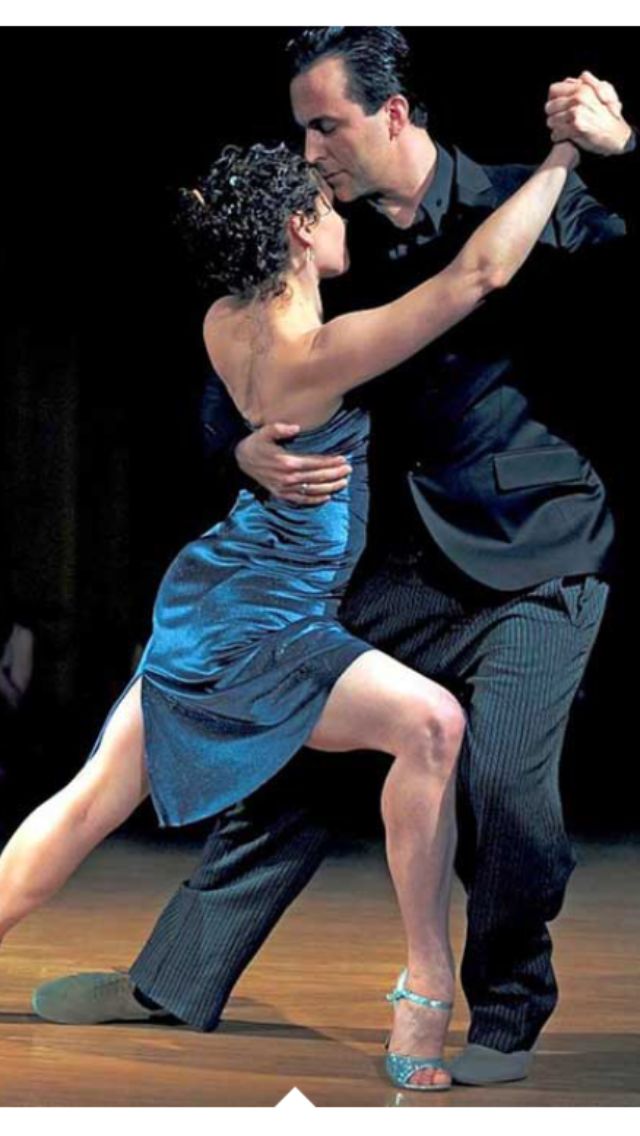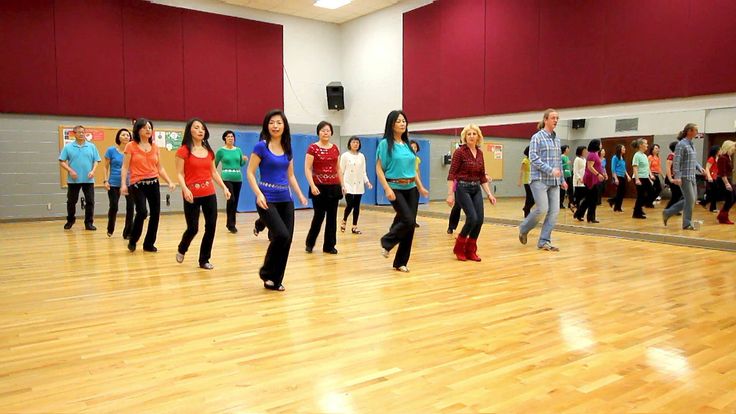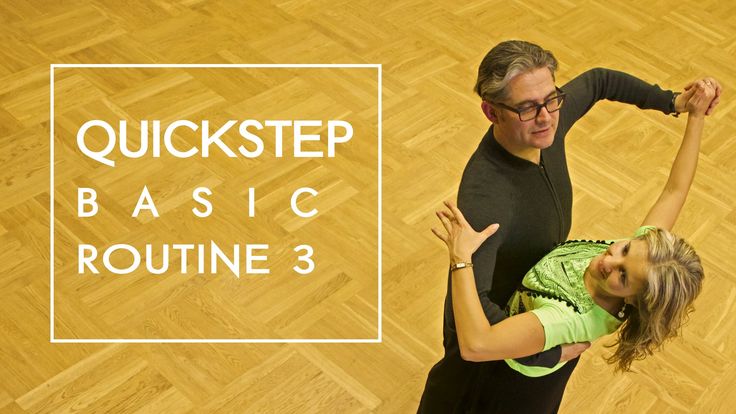How to keep a hat on your head while dancing
How to Secure a Costume Headpiece
dance headpiecePosted on by parmarishel
By Parma Rishel 2/13/2021
Imagine the embarrassment of having your headpiece fly off while you are dancing. It’s distracting and even dangerous for the other performers. The audience’s focus moves to the headpiece lying on the stage.
All performers must learn how to secure their costume headpiece. Continue reading to learn how to confidently secure your headpieces.
Styles of Dance Costume HeadpiecesPerformance headpieces are wildly different. Some are simple scrunchies, appliques, or just a strip of fabric. Others are made on a headband, barrettes, or combs.
Dancers may also have hats or masks to wear as part of their costumes. The weight and height of these head adornments can vary.
Methods for Securing Costume Hair PiecesNever rely on barrettes or elastics the come on the hairpiece. As soon as you do, the “headpiece fairy” will come and rip it off your head.
If your headpiece is a strip of fabric, applique, scrunchie, or bow, use plenty of bobby pins and hair spray. After putting it in place, use bobby pins whose color doesn’t distract from the costume piece.
You may wish to use strong-hold hairspray on the hair first to crease a stiffer texture. This helps ensure that the hairpiece will stay in place.
HatsYou must know if the hat stays on the head throughout the dance. If the choreography calls for the hat to taken off and put on, then you don’t need to attach it.
There are several approaches to securing hats. For soft-sided hats, cut a small hole in the sides and back. Then use bobby pins to attach it to the hair. Another option is to put an elastic strap on it that’s worn under the chin.
Staining white elastic with tea or makeup helps to hide if from the audience.
HeadbandsHeadband style headpieces can present a challenge.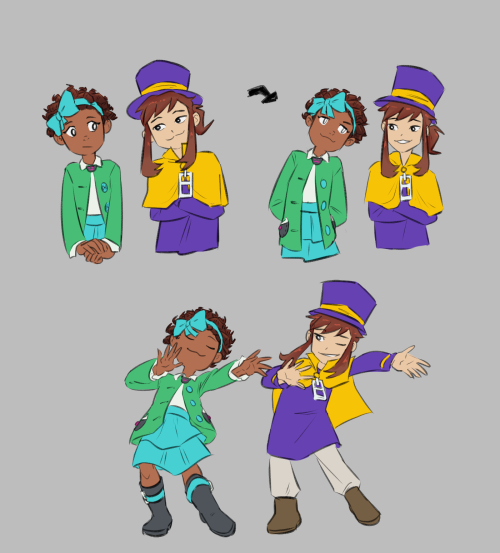 There are several approaches to try. One is to glue a ribbon inside the headband. Leave spaces where the ribbon isn’t glued. This will allow you to use bobby pins to hold it in place.
There are several approaches to try. One is to glue a ribbon inside the headband. Leave spaces where the ribbon isn’t glued. This will allow you to use bobby pins to hold it in place.
Another method is to integrate the headpiece placement into the hair bun process. Here are the simple steps to follow.
1. Glue or sew a piece of elastic to the ends of the headband so that it fits the head. If the headband “pokes” into the dancer’s head, you can glue some felt or foam to make it softer.
2. Hot glue a small loop of 1/4″ elastic at the top of of the headband. Put bobby pins through this loop going in opposite directions to secure the top of the headband.
3. Divide the back half of the hair and place the upper part in a ponytail.
4. Place the headband on the hair with the elastic across the back of the head. Pin the elastic band with bobby pins. Spray extra-hold hairspray over bobby pins.
5. Pull the lower half of the hair up and join it into the ponytail. This covers the elastic and helps secure the headband.
Pull the lower half of the hair up and join it into the ponytail. This covers the elastic and helps secure the headband.
6. Finish making the ballet bun.
One of the best times in a dancer’s life is the performance. You have a chance to share your passion with an audience. Don’t let a costume headpiece falling off ruin your moment.
Dance for Joy Dancewear is your source for dancewear needs on the Mississippi Gulf Coast. We stock tights, nudies, soft ballet shoes, jazz shoes, and lyrical/contemporary shoes. You can also order other dancewear to meet your individual fashion and dance needs.
Shoe fittings are provided by a professional dance teacher with 15 years of teaching and over 30 years of dance experience. Check back frequently for more articles about dance. Contact us today for any questions or to place an order.
costume headpiece dance headpiece keep dance headpiece on secure headpiece
how to keep your hat on your head
By Chuleenan 4 Comments
If you like hats, even if you only wear one a few times a year, you don’t want it to blow off your head on a windy day.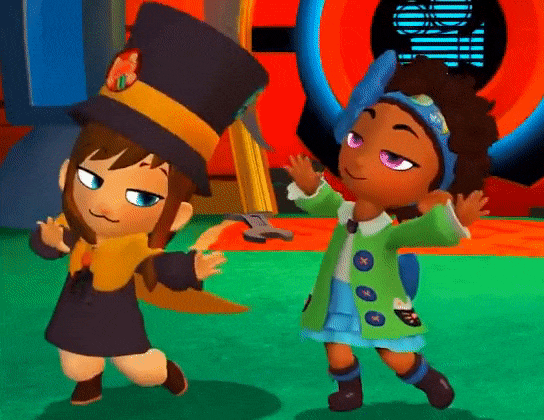 Nothing’s worse than chasing your hat down the sidewalk or watching it drift into traffic (yes, that’s happened to me). To keep your hat on your head, you can attach a thin elastic cord made specifically for hats – like I did on this velvet and linen vintage hat (pictured above), which I got at All Things Vintage in Oakland. (The lovely ladies there sell beautiful vintage hats and they actually gave me a hat elastic so I didn’t have to buy one.)
Nothing’s worse than chasing your hat down the sidewalk or watching it drift into traffic (yes, that’s happened to me). To keep your hat on your head, you can attach a thin elastic cord made specifically for hats – like I did on this velvet and linen vintage hat (pictured above), which I got at All Things Vintage in Oakland. (The lovely ladies there sell beautiful vintage hats and they actually gave me a hat elastic so I didn’t have to buy one.)
Here’s what one looks like.
These elastics are 11 or 12 inches (28 to 30.5 cm) long and have small metal barbs at the ends, which lets you secure it to the inside of the hat. You can buy them at Lacis in black, white or beige for 45 cents each at their retail store in Berkeley or online on this page (scroll down until you see “Hat Cord” 12″) on their website. (You can also buy 11-inch ones ( 12 for $6.50) online at Judith M Millinery Supply House on this page: 11-inch hat elastics.) Choose the color that will blend in best with your hair color.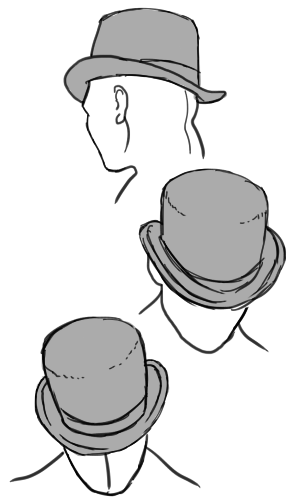
You can also make your own hat elastic by buying elastic cord in pre-cut packages or by the yard at a fabric store or online. I got a couple of yards of this black elastic for 30 cents a yard at Stonemountain & Daughter Fabrics. It’s about 2 mm thick.
Cut it to the length you need, insert it into the hat and knot it at the ends where the metal barbs would be on the pre-made hat elastics. But you need a big knot to make sure it stays in place. You can also knot the ends around a small bit of wire, which will do a better job of keeping the elastic from slipping off. (I wrote a post about this in 2012. Back then I didn’t know where you could buy hat elastics so I made my own.)
The pre-made hat elastics are primarily for “fitting” hats – hats with a crown that comes down near your ears. If you have a “sitting” hat, such as a pillbox, which sits on the top of your head, the pre-made elastic won’t be long enough so you may either want to make your own or explore using a hat pin or clip to keep it on your head. I’m not sure how a long elastic would look; I think that depends on how much your hair hides the elastic.
I’m not sure how a long elastic would look; I think that depends on how much your hair hides the elastic.
To insert the elastic, you need to make two small holes in the ribbon (usually Petersham – or millinery grosgrain) inside the hat. Most hats will have this ribbon, which operates as a sweatband, preventing perspiration and oil from staining the hat.
The elastic goes underneath your hair, not under your chin, so the holes should be made in the ribbon at the midpoint of each side of the hat near your ears. The elastic will go behind your ears so you want to place the holes slightly closer to the back of the hat.
I’ve used a large needle to make my initial hole and then taken the point of my small pair of embroidery scissors to make the hole large enough to slide the elastic through. As you can see this hat came with combs inside but I don’t like using them. You can see my hat elastic.
And here’s a close up shot.
And here’s a shot of the hat, which I love.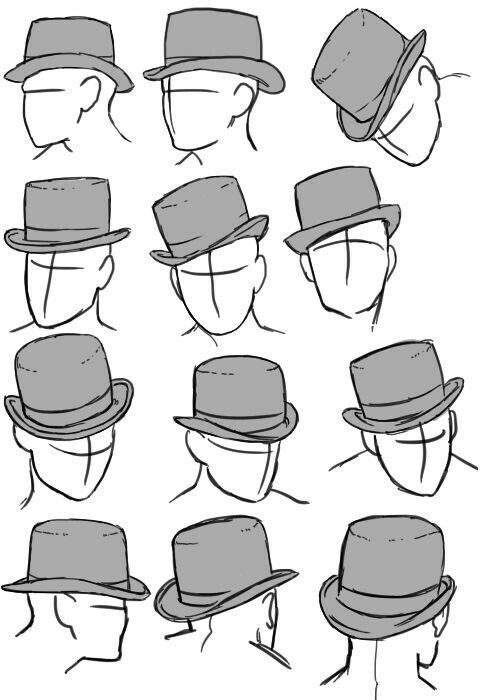
UPDATE: I posted a photo from this post on my Instagram account (@csews) and @_sarawaters commented that she read this post but couldn’t picture how te elastic helps keep it on your head. So this update is for you Sara!
Where does the hat elastic go? It goes under your hair in the back. When my hair was longer, I just put the hat on my head with the elastic hanging down in the back and pulled my pony tail through. Or you can grab your hair, put the elastic under it and put the hat on your head.
I’m wore the black vintage hat in this photo. You can’t see the elastic here but it’s going from the crown of the hat and under my pony tail. (I’m wearing my red Anna Dress in this photo. You can read about that dress in this post: Finished: My Red Anna Dress.)
You can sort of see it in this photo – the elastic is that thin black line going from the velvet loop at the brim and goes down at a slight angle.
I also wore this hat with the first Anna Dress I made. It was windy that day as you can see from the photo but the elastic did the job. My hat did not fly away! If you have very short hair, shorter than chin length, I’m not sure if the hat elastic will stay down because you may not have enough hair to keep it in place; it might ride up the back of your head and then the hat will fall off. Hat elastics are probably best suited for hair that’s no shorter than chin length which is my current length. I purposely didn’t go any shorter because then I wouldn’t be able to wear a lot of my vintage hats. 😉
It was windy that day as you can see from the photo but the elastic did the job. My hat did not fly away! If you have very short hair, shorter than chin length, I’m not sure if the hat elastic will stay down because you may not have enough hair to keep it in place; it might ride up the back of your head and then the hat will fall off. Hat elastics are probably best suited for hair that’s no shorter than chin length which is my current length. I purposely didn’t go any shorter because then I wouldn’t be able to wear a lot of my vintage hats. 😉
This vintage chapeau is not quite a sitting hat but has enough of a crown so I could use a pre-made elastic. (You can read more about the dress here: The Anna Dress: Celebrating Sewing Indie Month.)
I hope you found this information useful. One of these days I’ll write a post (or maybe make a video) about using hat pins.
Do you like to wear hats? I wear them every day, vintage and contemporary. What hats do you like to wear?
Like this:
Like Loading.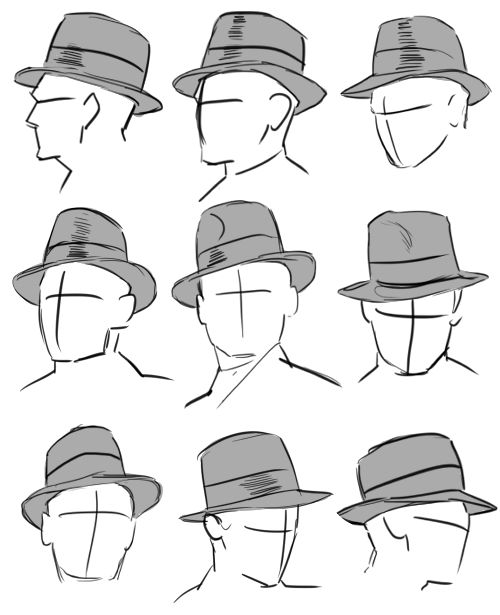 ..
..
Filed Under: Hats Tagged With: hat elastics, hats, Judith M Millinery Supply House, Lacis
How is the kippah kept on the head? • Arzamas
You have Javascript disabled. Please change your browser settings.
Jewish Museum and the Tolerance CenterMaterials
Jews of the Russian Empire
Who are the Crimeans like Jews in Central Asia and Siberia and what Georgian Jews ate
History of the Soviet Jewish joke
how this genre arose and why it was formed then almost disappeared0004
How to look at the paintings of Mark Rotko
We understand the work of one of the main painters of the 20th century
Game: Ask the Council of the Rabbi
Jewish rabbis of the past answer questions from the readers of Arzamas
8 quotes from the memoirs of the writer of the Rolikeyte, the ghetto and concentration camp and concentration camp.
About the Holocaust, the Law of God and Ilya Ehrenburg
Leo Landau's rules of life
About the extermination of bores, solitaire, mother-in-law, spies and Aryan girls
Are you married?
And 4 more questions about the museum and its staff
Culinary traditions of the Jews of Eastern Europe
How to cook tsimes, mincemeat and even chicken broth in different ways
Dziga Vertov: how to start watching his films
Understanding one’s filmography main innovators in the history of cinema
The series "Unorthodox": how the most conservative Jewish communities of New York live
Ethnographer Valery Dymshits analyzes
Yuri Levitan: the main voice of victory
How reconstructions of front-line reports created a collective myth about the war
Why did Hitler hate the Jews?
And 4 more questions about anti-Semitism
Yevgeny Khaldei: 13 pictures of the chief photographer of the Great Patriotic War
“Victory Banner over the Reichstag”, “Yasha the Deer”, “Enemy of the People” and others
Guide to the Jewish town 9003 9003 shtetl, who lives in it and what does “makhn a tsimes” mean
Camp psalms, toys for the NKVD and meteo-devils: Jews in the Gulag
How Stalinist repressions changed the fate of Soviet Jews and how prisoners in the camps retained their national identity
The history of the country in 10 songs by Matvey Blanter
Football March and Little Orchestra
Is God a Jew?
And 6 more questions about who is a Jew and who is not
What is Shabbat and how to observe it
The death penalty for collecting deadwood, 39forbidden works and the Saturday elevator
8 reasons for the ban on Vasily Grossman’s novel “Life and Fate”
What revolted the critics of the novel and what Grossman himself counted on
13 Yiddish words that help to understand Jewish culture
Why cimesengineers can be eaten and how associated with Talmudists
Why are Jews circumcised?
And 6 more questions about Judaism
What does the six-pointed star mean
The official Jewish symbol, an amulet against demons and a sign for a pub
Pepper Markish and Soviet literature at the Yiddish
History of the era in five biographies with illustrations of Shagal and Lisitsky
10 quotes from letters and diaries of Isaac Babel
women in the Red Army, love for horses and art of extortion of
how Cype is kept as a boil.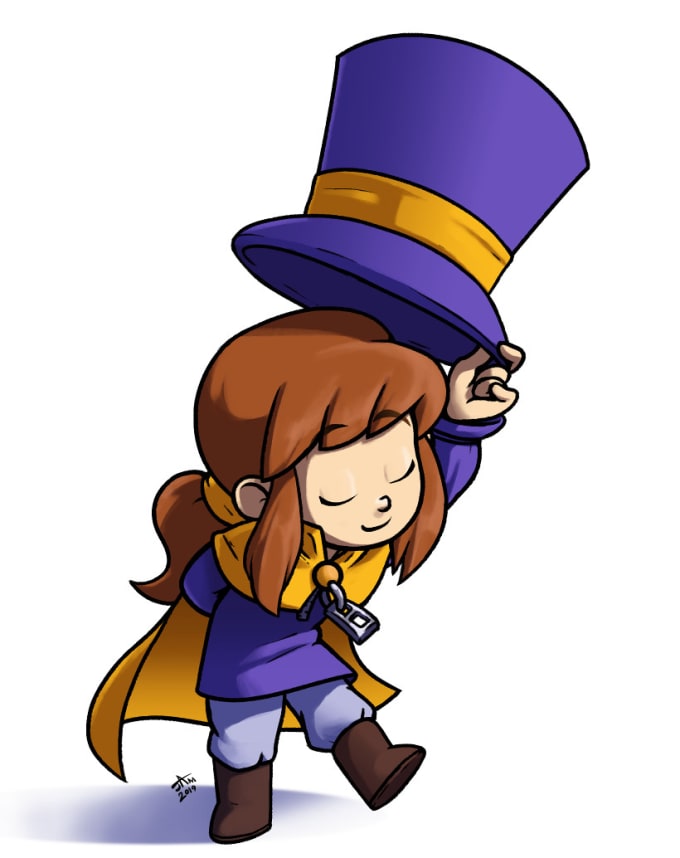 on your head?
on your head?
And 7 more questions about the Jewish tradition
How a synagogue differs from a temple and a church
Historian Vladimir Levin explains
And 7 more questions about the Jewish tradition. Jewish Museum guide Ekaterina Kuznetsova answers
Is it true that Jews have a different year now?
Yes, absolutely right - now it is 5780 year 2020 according to the Gregorian calendar - this is 5780 according to the Hebrew .. The Jews lead the chronology from the creation of the world - the world was created 5780 years ago. Jews live according to the lunisolar calendar. A month is equal to 29 or 30 days, and as a result it turns out that there are 354 days in a year. But in order to somehow combine the 354 days of the lunar calendar with the 365 days of the solar calendar, leap years are added. But not the leap years that we are used to living on the Gregorian solar calendar, when a leap year is just the presence of 29February.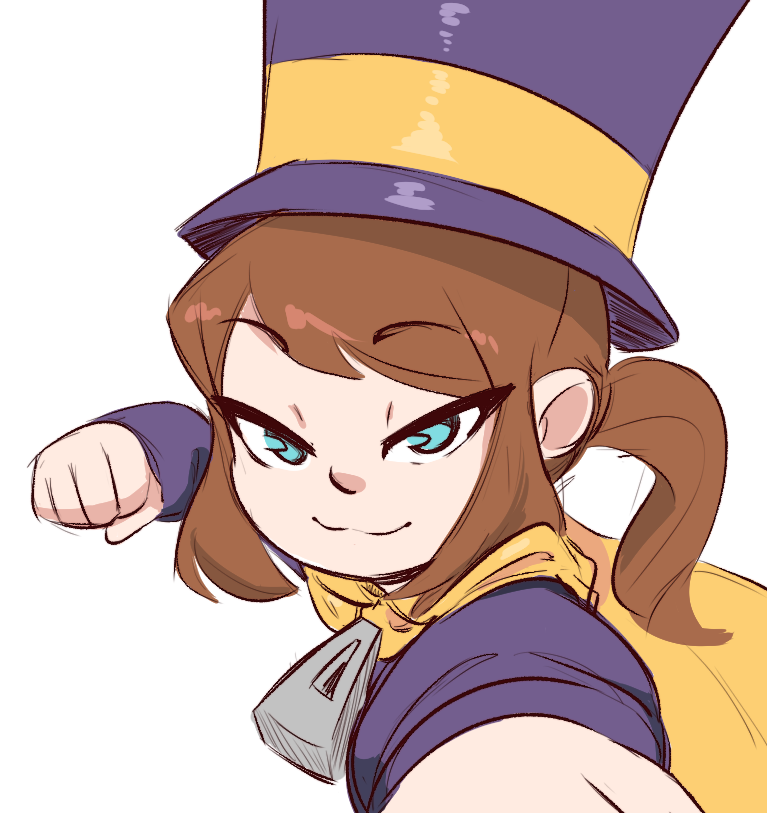 A Jewish leap year means that an extra month is added to the year. The lunisolar calendar has a 19-year cycle, and seven of the 19 years are leap years. These are the 3rd, 6th, 8th, 11th, 14th, 17th and 19th years.
A Jewish leap year means that an extra month is added to the year. The lunisolar calendar has a 19-year cycle, and seven of the 19 years are leap years. These are the 3rd, 6th, 8th, 11th, 14th, 17th and 19th years.
Israel uses the Gregorian solar calendar, but the Hebrew calendar is also used. This is a religious calendar. For example, holidays are celebrated according to the Jewish calendar, and since this is a lunisolar calendar, they always fall at different times.
How is the kippah kept on the head?
Students study the Talmud. New York, 1960 © Bettmann / Getty Images The kippah, a light cap, a traditional Jewish male headdress, is kept on the head due to its shape and size. Most often these are cloth or rag bales. If a kippah is light, rigid, made of cloth or velvet, then some kind of device may be required to wear it. Usually a female hairpin becomes such a device. But in general, a properly selected kippah sits well on the head and does not fly off. It is much more interesting how the kippah stays on the bald head: either it is very well matched, or it is a special kippah with a transparent silicone strip around the circumference. Such a strip can be seen, for example, on women's stockings.
It is much more interesting how the kippah stays on the bald head: either it is very well matched, or it is a special kippah with a transparent silicone strip around the circumference. Such a strip can be seen, for example, on women's stockings.
Is it true that Jewish women always wear a wig?
No, Jewish women do not always wear a wig. The wig is worn by religious Jewish married women. According to Jewish tradition, only her husband can see the hair of a married Jewish woman, so her head is covered with some kind of headdress. It can be a scarf, a hat, a cap or a scarf, as well as a wig, which is equivalent to a headdress. Some Jewish women who wear wigs cut their hair very short or sometimes even shave their heads in order to make the wig more comfortable to wear.
Why do Jews need curls on their temples and ropes on their clothes?
First, let's figure out what the curls on the temples are called and what kind of ropes are on the clothes. The curls on the temples are sidelocks, and the ropes on the clothes are called tzitzit. Usually they are attached to a special element of the ritual wardrobe - tallit. The large tallit is a prayer veil with which a Jew is covered during prayer, and the lower, or small, tallit is an item similar to a sleeveless jacket that is worn under clothing. Tsitzit brushes are attached along the edges of the tallit. There are knots on the hands, and wearing tzitzit should remind the Jew of the existence of 613 commandments.
The curls on the temples are sidelocks, and the ropes on the clothes are called tzitzit. Usually they are attached to a special element of the ritual wardrobe - tallit. The large tallit is a prayer veil with which a Jew is covered during prayer, and the lower, or small, tallit is an item similar to a sleeveless jacket that is worn under clothing. Tsitzit brushes are attached along the edges of the tallit. There are knots on the hands, and wearing tzitzit should remind the Jew of the existence of 613 commandments.
There is such a method of analyzing the Hebrew text - gematria, according to which each letter in Hebrew has its own numerical value. So, the gematria of the word "tzitzit", that is, the numerical total value of the word "tzitzit", is approximately 600. The number of knots, the number of threads are added to it - and in the end it turns out 613. You sort through the threads, stumble upon these knots and remember that there are 613 commandments that you are a Jew and must fulfill them.
1 / 2
A man in a tallit. Early 20th century © Hulton Collection / Corbis via Getty Images
2 / 2
Two Jewish boys. 1998 © Antoine GYORI / Sygma via Getty Images
About sideways. In fact, the Torah does not say that a Jew should grow long locks on his temples and even curl them in some special way, as we often see. The Torah says that while cutting or shaving the head, one should not touch the hair on the temples. That is, it is simply part of the religious tradition, and it has also become a way of identifying a Jew and Jewish self-identification.
What is a shtetl?
Shtetl is a small semi-urban settlement in Eastern Europe with a predominantly Jewish population. We know the shtetl, most likely, as a Jewish place, this concept has become a kind of synonym for the traditional way of life of an Eastern European Jew. The life of the shtetl is subject to Jewish religious laws. This means that the shtetl freezes on Saturday. There is a well-developed Jewish infrastructure there: a synagogue, a cheder (a school for Jewish boys), a mikvah (a pool for ritual washing), and so on. There is a rabbi there, there is a shohet - this is a carver who is engaged in ritual slaughter of cattle, there is always a kosher shop there. There is no arable land in the shtetl - they do not farm there, there are small household plots and you can keep cattle.
There is a well-developed Jewish infrastructure there: a synagogue, a cheder (a school for Jewish boys), a mikvah (a pool for ritual washing), and so on. There is a rabbi there, there is a shohet - this is a carver who is engaged in ritual slaughter of cattle, there is always a kosher shop there. There is no arable land in the shtetl - they do not farm there, there are small household plots and you can keep cattle.
Many famous Jewish surnames come from Jewish towns. For example, Brodsky is from the town of Brody, Satanovsky is from the town of Satanov, and so on.
The word "shtetl" itself comes from the German root Stadt , which means "city", and the Yiddish diminutive suffix - "l" or "le" is added to it - we get literally "town". The word "town" means the same - it comes from the Slavic root "place", "myasto", which means "city", and a diminutive suffix is also added to it - it turns out "town".
Shtetls were practically wiped off the face of the earth by the events of the mid-twentieth century, World War II. Some places remained as small towns or urban-type settlements.
Is Purim related to March 8th?
It seems to me that this is one of the most shocking hypotheses. I think this question was asked because several times in the museum we celebrated Purim - this is a carnival holiday, the most cheerful holiday of the Jewish calendar; We celebrated it on a grand scale, and the celebration of Purim fell on March 8th.
What is challah and how does it differ from loaf?
Challah at Tel Aviv's Carmel Market © Michael Jacobs / Art in All of Us / Getty Images Challah is a traditional Jewish holiday bread. It can be round or in the shape of a pigtail, Shabbat challah is usually a braided braid. Challah differs from other bakery products primarily in its kosher nature, that is, challah is prepared in accordance with Jewish religious traditions and its use in food does not contradict the canons of Judaism, composition and symbolic meaning. The two challahs on the Sabbath table symbolize the double portion of manna from heaven that the Lord sent to the Jews during their forty years of wandering in the desert. A double portion was sent on the eve of the Sabbath so that the Jews would not collect manna on the Sabbath, and the Lord himself rests on this day. Another well-known Jewish bread is matzah, unleavened flatbread, and it is very different from challah. Matzah contains only flour and water. This bread is used on the Passover holiday, when the use of leavened, that is, yeast bread is prohibited, therefore, during Pesach, such unleavened bread is eaten.
The two challahs on the Sabbath table symbolize the double portion of manna from heaven that the Lord sent to the Jews during their forty years of wandering in the desert. A double portion was sent on the eve of the Sabbath so that the Jews would not collect manna on the Sabbath, and the Lord himself rests on this day. Another well-known Jewish bread is matzah, unleavened flatbread, and it is very different from challah. Matzah contains only flour and water. This bread is used on the Passover holiday, when the use of leavened, that is, yeast bread is prohibited, therefore, during Pesach, such unleavened bread is eaten.
Is Hanukkah the Jewish Christmas?
No, Hanukkah is the Jewish festival of lights or light. It is celebrated in memory of the Hanukkah miracle that happened in the 2nd century BC in Jerusalem. At that time, Judea was under the dominion of the Seleucid state, and the emperor of this power, Antiochus Epiphanes, pursued a policy of Hellenization - he planted the Greek language, Greek culture, and the Second Jerusalem Temple Jerusalem Temple - the center of the religious life of the Jews. Destroyed in the year 70 and, according to the prophecies, will be restored with the coming of the Messiah. was desecrated - a sanctuary of Zeus was built there. As a result of all this, a Jewish rebellion breaks out, the so-called Maccabean rebellion. The temple was liberated, cleansed of idols, and temple worship was to be restored. And for this, it was necessary to restore the temple menorah - the menorah, one of the most important symbols of Judaism. It needed to be lit, but only one jar of consecrated menorah oil was found in the temple. And a Hanukkah miracle happened: the oil that was in the jar was enough for eight days of burning this seven-candlestick - exactly as much as was needed to make new consecrated oil. Since then, during the holiday of Hanukkah, the Hanukkah lamp is lit. This is an eight-candlestick, it is very similar to a menorah, but there are eight candles and an additional one - shamash, from which the rest of the candles are lit. During the eight days of Hanukkah, one candle is lit every day.
Destroyed in the year 70 and, according to the prophecies, will be restored with the coming of the Messiah. was desecrated - a sanctuary of Zeus was built there. As a result of all this, a Jewish rebellion breaks out, the so-called Maccabean rebellion. The temple was liberated, cleansed of idols, and temple worship was to be restored. And for this, it was necessary to restore the temple menorah - the menorah, one of the most important symbols of Judaism. It needed to be lit, but only one jar of consecrated menorah oil was found in the temple. And a Hanukkah miracle happened: the oil that was in the jar was enough for eight days of burning this seven-candlestick - exactly as much as was needed to make new consecrated oil. Since then, during the holiday of Hanukkah, the Hanukkah lamp is lit. This is an eight-candlestick, it is very similar to a menorah, but there are eight candles and an additional one - shamash, from which the rest of the candles are lit. During the eight days of Hanukkah, one candle is lit every day.
Such a curious confusion arises from the calendar proximity of Hanukkah to Catholic Christmas, and the success and popularity of Hanukkah is also associated with this. The eight days of Hanukkah usually fall in the second half of December, and in some Western countries where Christmas is celebrated in a big way, it is a public holiday. In the mass mailing list, for example, they congratulate you not on Christmas and New Year, but on winter holidays.
Other materials on this topic
11 questions about Judaism
How the Talmud differs from the Bible, and Bar-Mitsva from British Mila
What is the synagogue from the church and the Church
explains the historian Vladimir Levin
What does the six-pointed star mean?
And 6 more questions about Judaism
Jewish History Course
Yiddish Language and Literature Course
Jewish Museum and Tolerance Center
PROJECT
PARTNERSTags
Expert
Myths
Radio Arzamas Will everyone get what they deserve?
Continuation of the podcast "Fulcrum".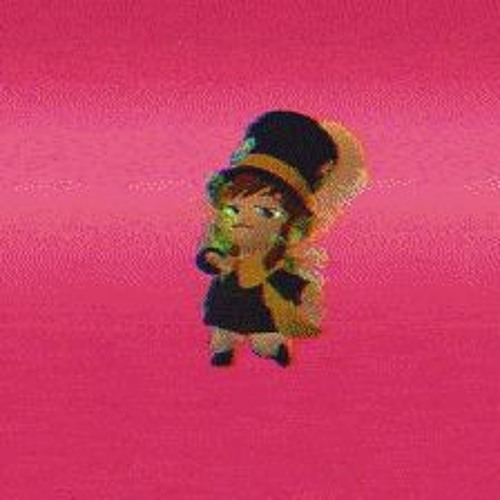 Culturologist Anna Shmaina-Velikanova talks about what the authors of biblical books thought about death, love, freedom and other things that worry us today. In the fourth edition - the Apocalypse, or the Revelation of John the Theologian
Culturologist Anna Shmaina-Velikanova talks about what the authors of biblical books thought about death, love, freedom and other things that worry us today. In the fourth edition - the Apocalypse, or the Revelation of John the Theologian
© Arzamas 2022. All rights reserved
What can I do to avoid losing my subscription after Visa and Mastercard leave Russia? Instructions here
Victory, challenge, passion, dagger, donkey and demonic power
Lezginka is similar to the Caucasus itself. Everyone has heard about it, many consider themselves experts, but if you look closely, it slips away, turns into a bunch of fables. What seemed as old as the world was invented recently, and modern stories are sometimes based on the truth.
Donkey, goat and Avar headman
Paradoxes begin with the very name "Lezginka". It was invented in the first half of the 19th century by Russians serving in the Caucasus. So they christened many local dances - with different styles and names.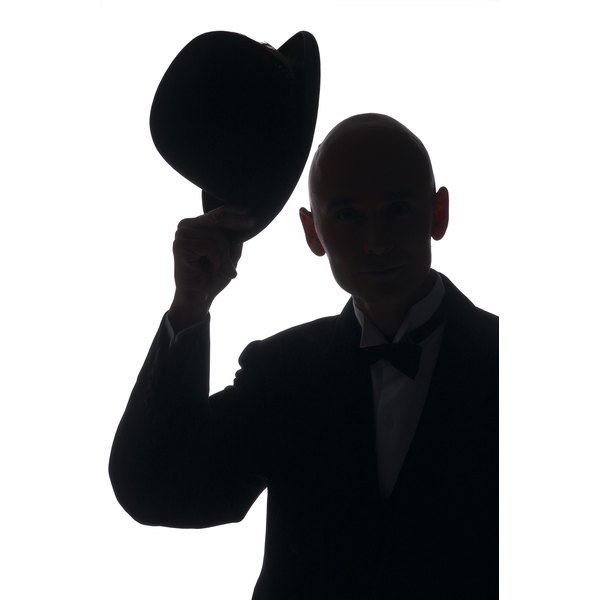 They were just seen in Dagestan, and then the Dagestanis were indiscriminately called Lezgins. The irony of fate is that the real Lezgins - the people living in the south of the republic - preferred completely different dances, more like Azerbaijani dances or a Russian round dance. They called Lezginka "Avar Kavkha" - "dance of the Avar headman."
They were just seen in Dagestan, and then the Dagestanis were indiscriminately called Lezgins. The irony of fate is that the real Lezgins - the people living in the south of the republic - preferred completely different dances, more like Azerbaijani dances or a Russian round dance. They called Lezginka "Avar Kavkha" - "dance of the Avar headman."
Photo: Aydemir Daganov
Knowledgeable people easily determine which people the Lezginka belongs to - by the clear, swift movements of the Chechens and the smooth manner of the Tabasarans, the outstretched arms of the Dargins or raised to the head - among the Kumyks. The easiest way to distinguish between the dances of southern and western Dagestan. In the first, there is more freedom, in the second, posture and composure dominate. In the mountains, the movements are sharper, on the plains - smoother. Choreographer Fyodor Lopukhov explained this by the fact that the highlander's step is shorter. There is nowhere to turn around on a tiny godecan, so you have to compensate for the lack of space with expressive gestures.
Many people think of Lezginka mainly as a pair dance. A man in a Circassian coat soars, imitating a mountain eagle, and a girl in a long dress smoothly slips away like a swan. In reality, they mostly danced separately - especially during the time of Imam Shamil, who punished musicians and forbade pair dances. But the male lezginka at that time was honed to perfection, often becoming a competition in strength and endurance. Until now, the Aguls and Rutuls challenge each other to a “dance battle” to the gambling claps of friends.
“The dances depicted weapons, natural phenomena, work and hunting, but not eagles and swans,” Alla Umakhanova, an employee of the Dagestan Scientific Center of the Russian Academy of Sciences, a former ballerina of the Mariinsky Theater who devoted her life to studying the choreographic art of the Caucasus, refutes the well-known myth. - Except that the girls of South Dagestan had a "swan dance", which was not at all like a lezginka.
Of the animals, dancing Dagestanis imitated, as a rule, donkeys and goats.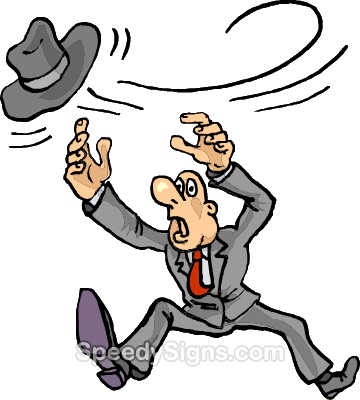 From the latter, according to some researchers, the Georgian and Kumyk male lezginka inherited a toe dance - a trace of ancient mysteries, when the dancers pretended to have hooves.
From the latter, according to some researchers, the Georgian and Kumyk male lezginka inherited a toe dance - a trace of ancient mysteries, when the dancers pretended to have hooves.
Victorious dance of the Goryanka and male striptease
The dances of Caucasian girls were far from being peaceful everywhere. A traveler who visited Ossetia at the end of the 19th century recalls: “Women dance much more bravura than men. In their movements, especially in the movements of the hands, there is more courage and energy, and a woman (actually, a girl, because a woman does not dance) looks more courageous during the dance, as a conqueror, and not a conquered ... ”The dresses of the mountain women often ended just below the knee and did not hide the legs in trousers. The Dagestan women played with them with dexterity, which would be the envy of any other professional dancer. For many nations, it was indecent to leave the circle before the partner, and sometimes the girls deliberately drove the guys to exhaustion.
Photo: Vladimir Sevrinovsky
Lezginka dances lezginka
In the vicinity of Shatoi, Chechen women in white shirts with sticks in their hands danced at night, frightening people in imitation of the demoness Almasta. Until now, in some mountainous regions, the movements of girls are far from smooth and meek, and in the Lak kyissu dance, a woman leads a man.
Sometimes lezginka turned into a kind of male striptease. Pavel-Platon Przhetslavsky, an assistant to the military commander of the Middle Dagestan, describes a playful dance of local cavalrymen who made a march circle, repeating the movements of the first in the ranks. He gradually took off his weapons first, and then his clothes down to his shirt. Women turned away, but peeped furtively, saying in surprise: “Toba! Toba! (“Step away from me!”)
Photo: Vladimir Sevrinovsky
The polar explorer Fridtjof Nansen, who was staying in the village of Tarki, saw greetings from his distant homeland in the lezginka: “A man in a Caucasian uniform, in a sheepskin hat, rotated for some time with short rhythmic steps, arms outstretched in both directions.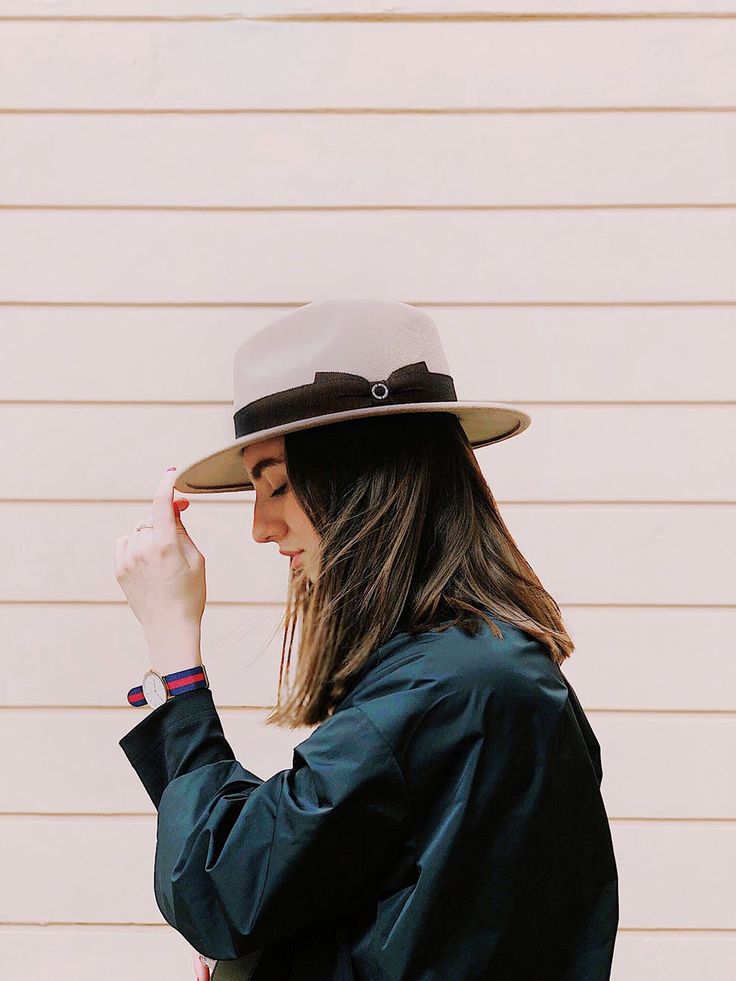 Then he invited a partner from the circle of spectators. She minced in front of him with a serious look, with her head slightly lowered and coquettish bashfulness, the man followed her, dancing, and the girl “evaded” him. The dance depicts the harassment of a man. The movements are chaste and without any wildness. Both dancers, each in their own way, are charming: he has a masculine strength, she has a bashful femininity. The legs moved easily and lively, like drumsticks, in time with the music, while the body remained calm. The similarity with Norwegian fast dances is obvious. The man has the same energetic flexibility, the girl has grace and tenderness. Only the rhythm and movements of the legs are different. In addition, in lezginka, a man does not hug his partner. In the East, close public contact between the two sexes is impossible.”
Then he invited a partner from the circle of spectators. She minced in front of him with a serious look, with her head slightly lowered and coquettish bashfulness, the man followed her, dancing, and the girl “evaded” him. The dance depicts the harassment of a man. The movements are chaste and without any wildness. Both dancers, each in their own way, are charming: he has a masculine strength, she has a bashful femininity. The legs moved easily and lively, like drumsticks, in time with the music, while the body remained calm. The similarity with Norwegian fast dances is obvious. The man has the same energetic flexibility, the girl has grace and tenderness. Only the rhythm and movements of the legs are different. In addition, in lezginka, a man does not hug his partner. In the East, close public contact between the two sexes is impossible.”
Dangerous hat
This ban, like all restrictions, awakened ingenuity. Chechens say that in the old days a guy who wanted to please a girl approached her closely in a dance and threw a hat from hand to hand behind the back of the chosen one. But as soon as he accidentally touched his partner, he was killed by the offended relatives of the girl. So the young man showed that he was ready to risk his life for the beauty. Whether such a custom actually existed is difficult to judge, but the Chechens, Avars and Kumyks did sometimes embrace their partner without touching her. And if the girl herself held her hand over the guy’s head, as if knocking off his hat, this was considered an insult and threatened with grave consequences.
But as soon as he accidentally touched his partner, he was killed by the offended relatives of the girl. So the young man showed that he was ready to risk his life for the beauty. Whether such a custom actually existed is difficult to judge, but the Chechens, Avars and Kumyks did sometimes embrace their partner without touching her. And if the girl herself held her hand over the guy’s head, as if knocking off his hat, this was considered an insult and threatened with grave consequences.
However, in order to take a closer look at the chosen one, it was not necessary to dance with her yourself.
Photo: Vladimir Sevrinovsky
- A guy calls the girl he likes only for the final dance, - says an employee of the Grozny Philharmonic. - Friends take turns leading her into a circle, and he watches. The more a Chechen woman is invited, the better for her: it means that she likes it. In lezginka, the character of a person is visible. No matter how hard you hold back, you will definitely open up and show how soft and modest you are.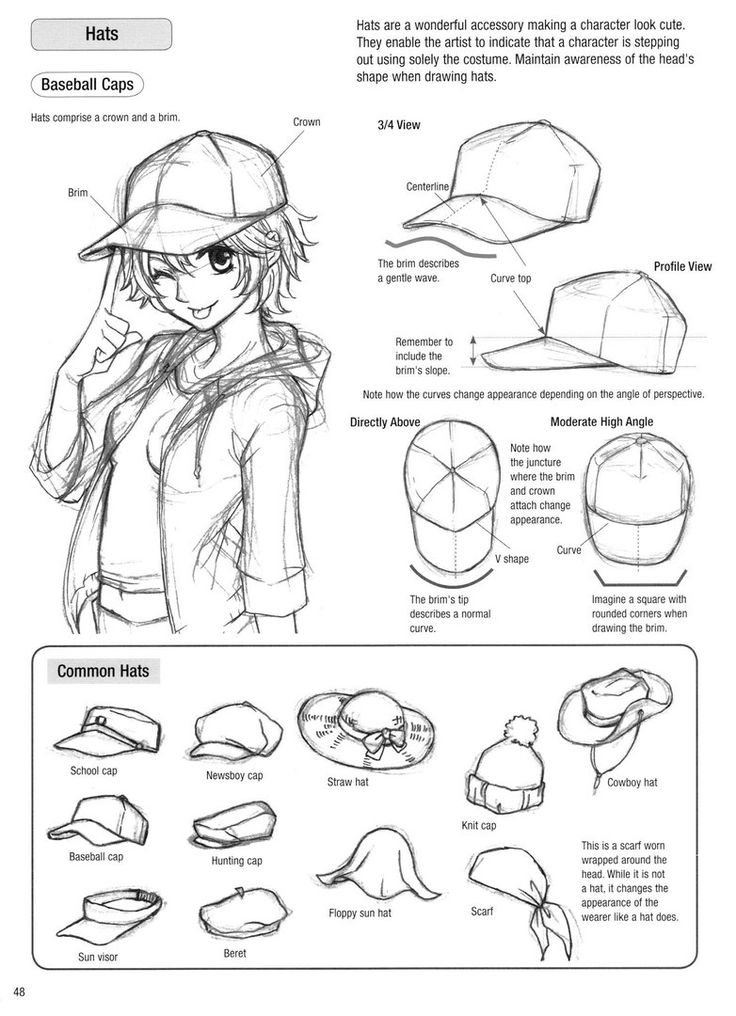 Therefore, they did not marry a girl without seeing her in a dance. In my youth, I was often pulled back - I proudly tossed my head and moved so fast that the men could not keep up. It used to start modestly, but then I was still blown away.
Therefore, they did not marry a girl without seeing her in a dance. In my youth, I was often pulled back - I proudly tossed my head and moved so fast that the men could not keep up. It used to start modestly, but then I was still blown away.
Lezginka has a lot of rules, sometimes invisible to an outside observer. Each nation has its own. Sometimes the stewards control the order in which couples exit. In many villages, the old custom has been preserved to invite people to the circle with the help of an object - a stick or a flower. In Bezhta, a beautiful mountain girl gave me a candy wrapper - and it was a wonderful dance. When it was over, I gave the crumpled wrapper to another girl, continuing a kind of baton.
Photo: Vladimir Sevrinovsky
Often you have to pay for a dance. Sometimes the money is given to the manager, but more often, especially in South Dagestan, the girl is spinning with banknotes in her hands. The dancing bride is showered with money and can stick a thousandth right on her forehead.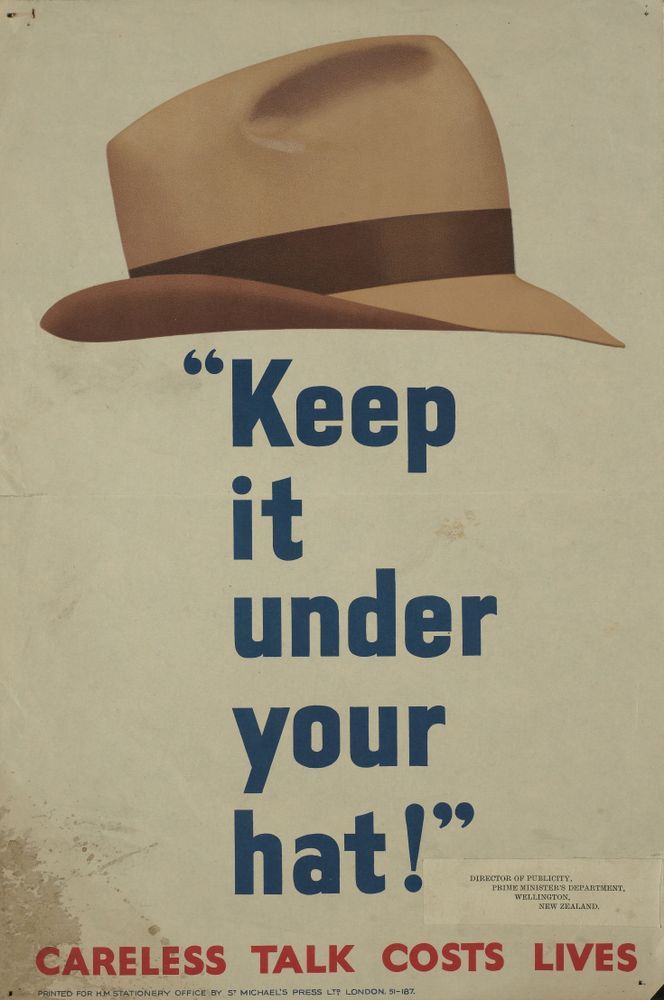
If the old people dance, the young people stand respectfully. Often a young man gallantly invites an old woman to dance, and a 30-year-old beauty is spinning in a lezginka with a six-year-old boy. And when the dance floor is occupied by children, it is not easy to pull them out of there.
Despite the lack of physical contact, lezginka can be harmonious and passionate, like a tango. The girl modestly looks at the level of gas, and the guy shows her where to move, the position of her hands. And sometimes a jigit, even when paired with a partner, works more for the public, turning the dance into a violent joke or a demonstration of prowess.
Not everyone likes such defiantly masculine dances. Realizing this, Ramzan Kadyrov banned the Lezginka for Chechens in the center of Grozny and in public places outside the republic. At the same time, many are complacent:
Photo: Yury Mashkov/TASS
- Is Lezginka annoying in Moscow? Come here, dance Kalinka-Malinka on Makhachkala Square.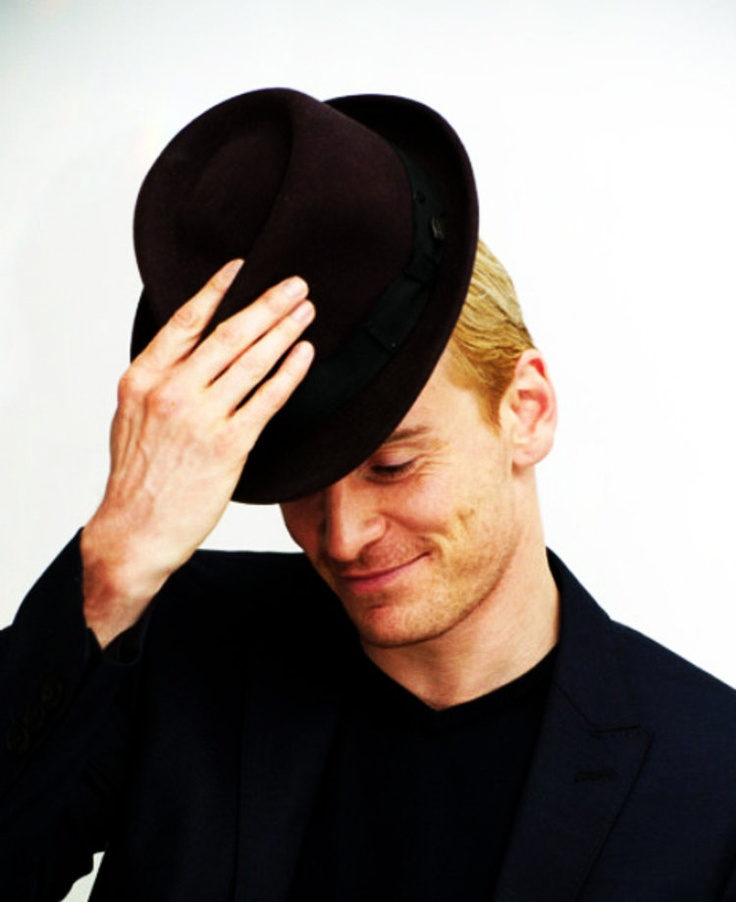 Or hopak,” invites sculptor Sabir Geybatov. - Once upon a time, they legalized the rock culture that outraged many. I was in St. Petersburg then, I remember Saigon. The subculture of Caucasian youth is also an interesting element.
Or hopak,” invites sculptor Sabir Geybatov. - Once upon a time, they legalized the rock culture that outraged many. I was in St. Petersburg then, I remember Saigon. The subculture of Caucasian youth is also an interesting element.
From lezginka to "Lezginka"
You can argue as much as you want about the appropriateness of urban lezginka outside the Caucasus, but its academic version is loved all over the world. Back in Pushkin's times, the highland dance was dressed in the veils of romanticism and elegantly entered the high society. Lezginka is danced by the characters of Ruslan and Lyudmila by Mikhail Glinka and The Demon by Anton Rubinstein (where it looks like a Caucasian dance no more than beavers from medieval bestiaries look like real beavers). After the revolution came the era of dance ensembles. Their heyday came in the middle of the 20th century - thanks to the efforts of choreographers. Few people are ready to look at a simple rural dance for a long time. To make it spectacular, experts removed repetitions, streamlined movements, and even borrowed elements from other dances. Lezginka expanded its borders - the Gaytagy dance, adopted in 1930 years for the Kaitag people.
To make it spectacular, experts removed repetitions, streamlined movements, and even borrowed elements from other dances. Lezginka expanded its borders - the Gaytagy dance, adopted in 1930 years for the Kaitag people.
In 1958, the choreographer Tankho Izrailov, who worked for 18 years as an assistant to the great Igor Moiseev, founded the Lezginka ensemble in Makhachkala, staked out a popular name for Dagestan. According to legend, subsequently the Georgians offered suitcases of money for the “trademark”, but, of course, no one agreed to give it away. Tankho himself was a Mountain Jew, which is why anti-Semites are still spreading rumors that Masons invented the Lezginka to corrupt Caucasians.
Photo: Rudolf Dik/ TASS
Photo: Rudolf Dik/ TASS
Photo: Rudolf Dik/ TASS
Choreographers traveled around the villages, collecting little-studied dances. The most famous is Jamalutdin Muslimov, the "bird-man", a famous eccentric who sold his house and his wife's dowry to buy dance costumes.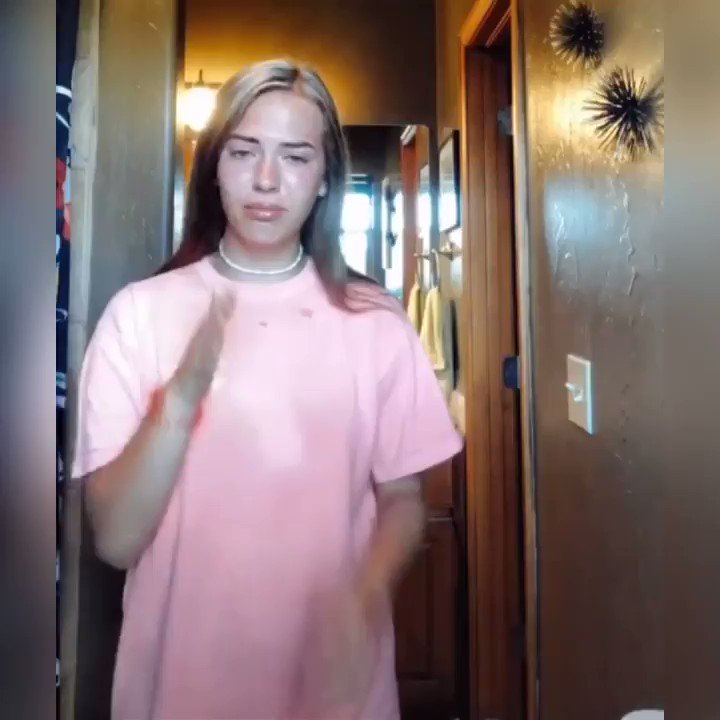 This collector of folklore has become a folklore character himself. In the mountains, they still remember how he came to remote villages and made old people dance in order to learn almost lost movements. In the film dedicated to him, this frail, mustachioed grandfather, agile like a boy, jumps in masks and rides a toy horse.
This collector of folklore has become a folklore character himself. In the mountains, they still remember how he came to remote villages and made old people dance in order to learn almost lost movements. In the film dedicated to him, this frail, mustachioed grandfather, agile like a boy, jumps in masks and rides a toy horse.
READ ALSO
Chechnya: happiness after the end of the world
Pirates once lived here, then Old Believers, now poachers. They are covered in sand, fired upon by military sailors, they are rounded up by fish protection. This is Chechen Island, Makhachkala, Russia
But even the best choreographer is powerless without worthy artists. They are still selected for Lezginka as grenadiers - in addition to abilities, height and figure are important. Bad habits are unacceptable: a smoker can lose consciousness right on the stage. After all, the work of a professional dancer is no easier than that of a miner in a mine.
- The age of an artist is hard and short. Twenty, at best, twenty-five years, - laments the artistic director of the ensemble Zulumkhan Khangereev. “You jump for five hours every day. There are linings on the knees, but the joints still suffer. No time to take a breather. Two or three minutes to change clothes - and a new dance. People think: you dance, you get high, you get money, the whole world has seen it. They envy the tour. We in Australia gave one hundred and ten concerts in three months. Early in the morning you get on the bus - and five hundred kilometers to the next city. There, before the performance, if they had time, they prepared the food themselves. And if not, tea, warm-up, preparation - and on stage. At 11 pm we check into a motel, at 5 am we are on the road again. When I finished dancing, I had problems with both my legs and my spine. Who is not devoted to the profession, can not stand it and leaves. Only those who love art remain.
Twenty, at best, twenty-five years, - laments the artistic director of the ensemble Zulumkhan Khangereev. “You jump for five hours every day. There are linings on the knees, but the joints still suffer. No time to take a breather. Two or three minutes to change clothes - and a new dance. People think: you dance, you get high, you get money, the whole world has seen it. They envy the tour. We in Australia gave one hundred and ten concerts in three months. Early in the morning you get on the bus - and five hundred kilometers to the next city. There, before the performance, if they had time, they prepared the food themselves. And if not, tea, warm-up, preparation - and on stage. At 11 pm we check into a motel, at 5 am we are on the road again. When I finished dancing, I had problems with both my legs and my spine. Who is not devoted to the profession, can not stand it and leaves. Only those who love art remain.
Warehouse guard's pas de deux
The ensemble faced a difficult task - to choose the brightest elements of the dances of the peoples of Dagestan, but to maintain the relationship between them so that lezginka does not turn into a set of tricks. The most successful dances initially seemed folk and left the stage for the people. But experiments with topical stories often ended in failure. And no wonder: it is difficult to imagine a beautiful dance dedicated to corn growers or the protection of warehouses.
The most successful dances initially seemed folk and left the stage for the people. But experiments with topical stories often ended in failure. And no wonder: it is difficult to imagine a beautiful dance dedicated to corn growers or the protection of warehouses.
Photo: press service of the ensemble "Lezginka"
Any innovation caused a controversial reaction. Some critics scolded Lezginka for its penchant for circus effects, others objected that circus art permeates the entire culture of the Dagestanis, who adore mummers and rope dancers. The newspaper Le Parisien wrote enthusiastically about "jumps and implausible spins performed in stunning positions." At the same time, the English ethnographer Robert Chanciner criticized the exaggeration of already brilliant movements and the forcing of the tempo, which violated the traditional rhythm. He preferred the performances of children's groups to eminent ensembles.
But the Dagestanis themselves evaluate their native dance most severely. Meticulous Makhachkala spectators zealously peer into the smallest details of the costume and argue until they are hoarse whether it is appropriate to dance in burkas made of velvet, and not of traditional felt. Therefore, Zulumkhan Khangereev admits that it is most difficult for him to give concerts at home. But if a new dance is accepted there, then it will go with a bang in any country.
Meticulous Makhachkala spectators zealously peer into the smallest details of the costume and argue until they are hoarse whether it is appropriate to dance in burkas made of velvet, and not of traditional felt. Therefore, Zulumkhan Khangereev admits that it is most difficult for him to give concerts at home. But if a new dance is accepted there, then it will go with a bang in any country.
Igor Moiseev said that dance is a self-portrait of the people. It is not surprising that numerous Caucasian Lezghins repeated the fate of their nations. After centuries of isolated life in the mountains, they descended to the plains, frequented the banquet halls and mingled among themselves. Some got used to the rhythm of the city, others received an excellent education and went into academism, paying for it with a separation from their roots. And all the same, at rural holidays, their own, native dances thunder, and candy wrappers are handed, and the ban on touching only kindles passion.




